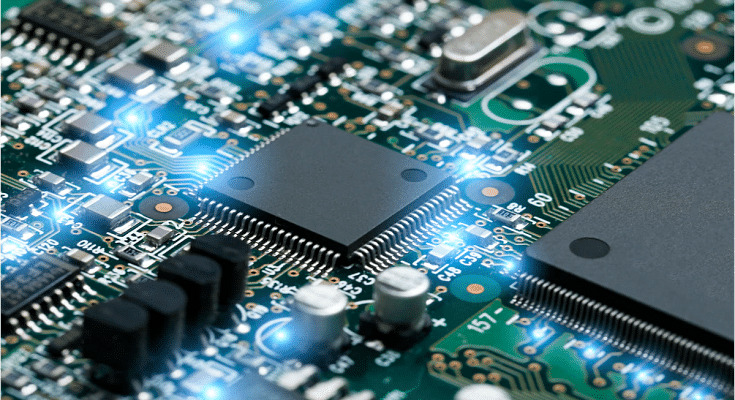The smartphone industry is rapidly evolving with two major mobile ecosystems available for the audience including Android and Apple iOS. For the former, most of the OEMs rely on chipsets from Qualcomm and MediaTek, while the latter manufactures in-house Bionic chipsets for its iPhones. Apple has been using an A15 Bionic processor for the current generation of iPhones (iPhone 13 series).
This premium Apple processor competes head-on with Qualcomm’s top-tier Snapdragon 888 processor. We already have compared the A15 Bionic with Qualcomm’s most powerful Snapdragon 8+ Gen 1 processor. This article is a quick comparison between the Snapdragon 888 and the Apple A15 Bionic. Here’s how both these processors compare in terms of CPU, GPU, memory, and multimedia (ISP) services.
Apple A15 Bionic Vs Qualcomm Snapdragon 888: CPU Differences
Both Apple A15 Bionic and the Qualcomm Snapdragon 888 are fabricated using a 5nm process. The Apple A15 Bionic is a Hexa-core chipset contrary to the Snapdragon 888 SoC’s octa-cores. Apple has constructed the A15 Bionic on ARMv8.5-A Instruction set. The premium Apple chipset offers a frequency of 3240MHz. The hexa-cores comprise two Avalanche cores clocked at 3.24GHz and four Blizzard cores at 1.82GHz.
The Qualcomm Snapdragon 888 chipset’s octa-cores include one Kyro 680 Prime Cortex-X1 core with a 2.84GHz clock speed, three Kyro 680 Gold Cortex A-78 cores clocked at 2.42 GHz, and four Kyro 690 Silver Cortex-A55 cores clocked at 1.8GHz.
Apple A15 Bionic Vs Snapdragon 888: GPU Comparison
The GPU used by Apple A15 Bionic is an in-house Apple GPU that has a frequency range of 1200MHz. This flagship-grade Apple mobile chipset has a total of five execution units which is more than that of the Snapdragon 888 SoC. Speaking of which, the Qualcomm Snapdragon 888 has the Adreno 660 GPU support which has a frequency range of 840MHz and only two execution units. The GPU performance with both chipsets is good, with each of them capable of rendering rich graphics smoothly.
Apple A15 Bionic Vs Snapdragon 888: Memory, Multimedia (ISP) Comparison
The Apple A15 Bionic comes with LPDDR4X RAM compatibility with a memory frequency response range of 4266MHz. Its max memory allocation size is 8GB. The Qualcomm Snapdragon 888 ships with LPDDR5 RAM capacity and has a frequency response range of 3200MHz. However, the max memory allocation is higher with this chipset at 24GB.
The storage type supported by the Apple A15 Bionic is NVMe, whereas, the Snapdragon 888 ships with UFS 3.0 and UFS 3.1 storage type support. The A15 Bionic ships deliver a max display resolution of 2048 x 2732 which is slightly lower than the Qualcomm processor.
The Snapdragon 888 chipset offers a max display resolution of 2160 x 3840 pixels, max camera resolution of 1x 200MP, 2X25MP. While the A15 Bionic is capable of recording 4K@60fps videos, the Snapdragon 888 can capture 8K@30fps and 4K@120fps videos.
Moving on to the codecs, the Apple A15 Bionic has H.264, H.265, VP8, VP9, Motion JPEG video codecs, and AAC, AIFF, MP3, MP4, WAV, AC-3, E-AC-3, AAX, AAX+ audio codecs. On the other hand, the SD 888 offers H.264, H.265, VP8, and VP9 video codecs, and AAC, AIFF, CAF, MP3, MP4, and WAV audio codecs.
